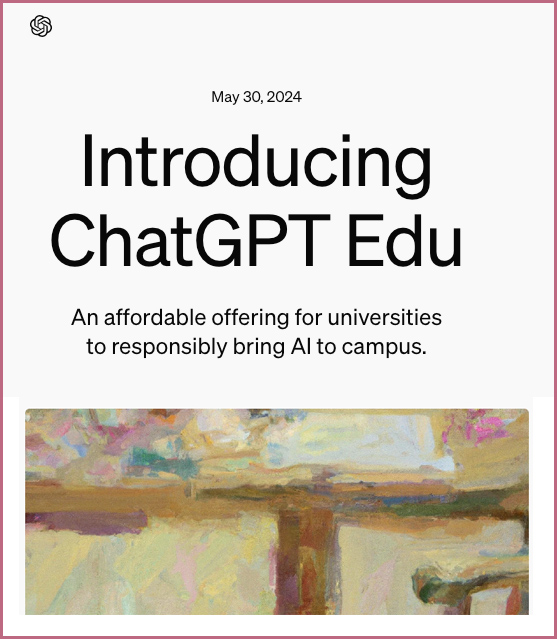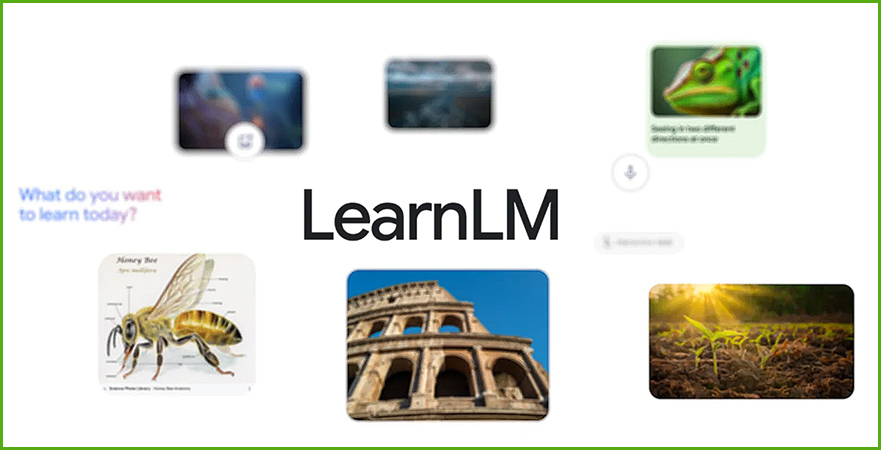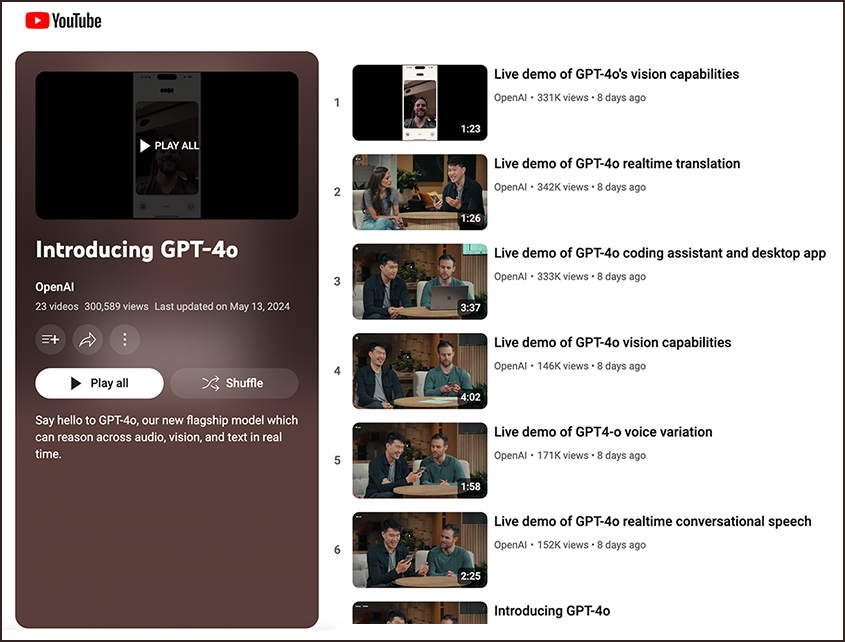Apple Intelligence: every new AI feature coming to the iPhone and Mac — from theverge.com by Wes Davis
Apple announced “Apple Intelligence” at WWDC 2024, its name for a new suite of AI features for the iPhone, Mac, and more. Starting later this year, Apple is rolling out what it says is a more conversational Siri, custom, AI-generated “Genmoji,” and GPT-4o access that lets Siri turn to OpenAI’s chatbot when it can’t handle what you ask it for.
Apple jumps into the AI arms race with OpenAI deal — from washingtonpost.com by Gerrit De Vynck
The iPhone maker has mostly stayed on the sidelines as the tech industry goes wild for AI. Not anymore.
SAN FRANCISCO — Apple officially launched itself into the artificial intelligence arms race, announcing a deal with ChatGPT maker OpenAI to use the company’s technology in its products and showing off a slew of its own new AI features.
The announcements, made at the tech giant’s annual Worldwide Developers Conference on Monday in Cupertino, Calif., are aimed at helping the tech giant keep up with competitors such as Google and Microsoft, which have boasted in recent months that AI makes their phones, laptops and software better than Apple’s. In addition to Apple’s own homegrown AI tech, the company’s phones, computers and iPads will also have ChatGPT built in “later this year,” a huge validation of the importance of the highflying start-up’s tech.
Apple Intelligence: AI for the rest of us. — from apple.com
- Built into your iPhone, iPad, and Mac to help you write, express yourself, and get things done effortlessly.
- Draws on your personal context while setting a brand-new standard for privacy in AI.
Introducing Apple Intelligence, the personal intelligence system that puts powerful generative models at the core of iPhone, iPad, and Mac — from apple.com
Setting a new standard for privacy in AI, Apple Intelligence understands personal context to deliver intelligence that is helpful and relevant
Apple doubles down on artificial intelligence, announcing partnership with OpenAI — from npr.org by Lola Murti and Dara Kerr
The highly anticipated AI partnership is the first of its kind for Apple, which has been regarded by analysts as slower to adopt artificial intelligence than other technology companies such as Microsoft and Google.
The deal allows Apple’s millions of users to access technology from OpenAI, one of the highest-profile artificial intelligence companies of recent years. OpenAI has already established partnerships with a variety of technology and publishing companies, including a multibillion-dollar deal with Microsoft.
The real deal here is that Apple is literally putting AI into the hands of >1B people, most of whom will probably be using AI for the 1st time. And it’s delivering AI that’s actually useful (forget those Genmojis, we’re talking about implanting ChatGPT-4o’s brain into Apple devices).
Noah Edelman (source)
Here’s everything Apple announced at the WWDC 2024 keynote, including Apple Intelligence, Siri makeover — from techcrunch.com by Christine Hall
It’s WWDC 2024 keynote time! Each year Apple kicks off its Worldwide Developers Conference with a few hours of just straight announcements, like the long-awaited Apple Intelligence and a makeover for smart AI assistant, Siri. We expected much of them to revolve around the company’s artificial intelligence ambitions (and here), and Apple didn’t disappoint. We also bring you news about Vision Pro and lots of feature refreshes.
Here’s how to watch the archive of WWDC 2024.
Why Gamma is great for presentations — from Jeremy Caplan
Gamma has become one of my favorite new creativity tools. You can use it like Powerpoint or Google Slides, adding text and images to make impactful presentations. It lets you create vertical, square or horizontal slides. You can embed online content to make your deck stand out with videos, data or graphics. You can even use it to make quick websites.
Its best feature, though, is an easy-to-use application of AI. The AI will learn from any document you import, or you can use a text prompt to create a strong deck or site instantly.
.
107 Up-to-Date ChatGPT Statistics & User Numbers [April 2024] — from nerdynav.com
Top ChatGPT Statistics
- ChatGPT has 180.5 million users out of which 100 million users are active weekly.
- In January 2024, ChatGPT got 2.3 billion website visits and 2 million developers are using its API.
- The highest percentage of ChatGPT users belong to USA (46.75%), followed by India (5.47%). ChatGPT is banned in 7 countries including Russia and China.
- OpenAI’s projected revenue from ChatGPT is $2billion in 2024.
- Running ChatGPT costs OpenAI around $700,000 daily.
- Sam Altman is seeking $7 trillion for a global AI chip project while Open AI is also listed as a major shareholder in Reddit.
- ChatGPT offers a free version with GPT-3.5 and a Plus version with GPT-4, which is 40% more accurate and 82% safer costing $20 per month.
- ChatGPT is being used for automation, education, coding, data-analysis, writing, etc.
- 43% of college students and 80% of the Fortune 500 companies are using ChatGPT.
- A 2023 study found 25% of US companies surveyed saved $50K-$70K using ChatGPT, while 11% saved over $100K.

















